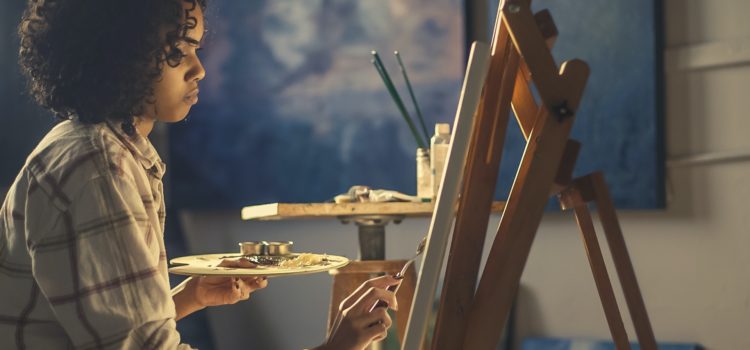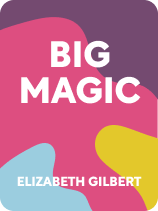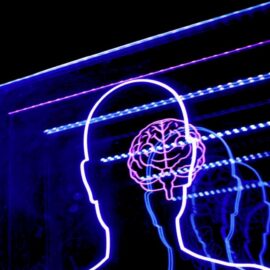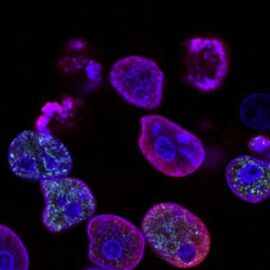

This article is an excerpt from the Shortform book guide to "Big Magic" by Elizabeth Gilbert. Shortform has the world's best summaries and analyses of books you should be reading.
Like this article? Sign up for a free trial here .
Why do people like to be creative? Do you think there is a biological underpinning for the human creative impulse?
We, humans, enjoy and take pride in our creativity. The creative impulse dates back to pre-historic times—ancient cave drawings, sophisticated and aesthetically pleasing tools dating back 2.5 million years ago. According to Elizabeth Gilbert, the human proclivity toward creativity is encoded in our DNA.
In this article, we’ll explore where the human creative impulse stems from.
Creativity Is in Our DNA
Gilbert stresses first that Creative Sorcery naturally seeks out relationships with all humans. You don’t need to be selected by the universe to receive visitations from ideas or your genius. This is because, according to Gilbert, you and all humans were born with the ability to create and be creative. Forty thousand years ago, our ancestors first executed what could today be classified as “art.” And since then, humans have been making, building, and creating. The push to create is part of our DNA.
(Shortform note: There are additional examples of ancient art beyond the forty-thousand-year-old cave paintings in Chauvet-Pont-d’Arc in France to which Gilbert is likely referring: ostrich eggshell carvings in Africa, covering bodies decoratively in ochre, and the creation of sophisticated and aesthetically pleasing tools 2.5 million years ago. This evidence all supports Gilbert’s notion that humans can’t help but be creative—perhaps even more so than she envisioned.)
Because of your innate creativity, Gilbert says Creative Sorcery sees your mind as fertile terrain to plant in and will never hold back ideas or your genius. You, therefore, have always had and will always have the tools to create—your creativity and Creative Sorcery—at your disposal.
| Why Humans Like Being Creative Gilbert suggests that Creative Sorcery’s attraction to us is the reason for our creative impulse. An alternative, scientific explanation for humans’ proclivity toward creativity is that having new ideas triggers the body’s reward system. Having an idea feels pleasurable in the same way that good food, drugs, and sex are pleasurable. Because of this pleasurable feeling, we’re enticed to keep having new ideas. It also seems that some gain more pleasure from ideas than others. These are the creators who become immersed in or “addicted” to their creative pursuits. They keep working because they desperately want to re-experience that feeling of pleasure that comes with the next big idea. Framed through Gilbert’s lens of Creative Sorcery, these people might enjoy being touched by Creative Sorcery more than others and try to commune with it more often. |

———End of Preview———
Like what you just read? Read the rest of the world's best book summary and analysis of Elizabeth Gilbert's "Big Magic" at Shortform .
Here's what you'll find in our full Big Magic summary :
- Why integrating creativity into your daily life will make you feel more fulfilled
- Why creating for money is a form of self-sabotage
- Why you should never focus on external validation of your creations






